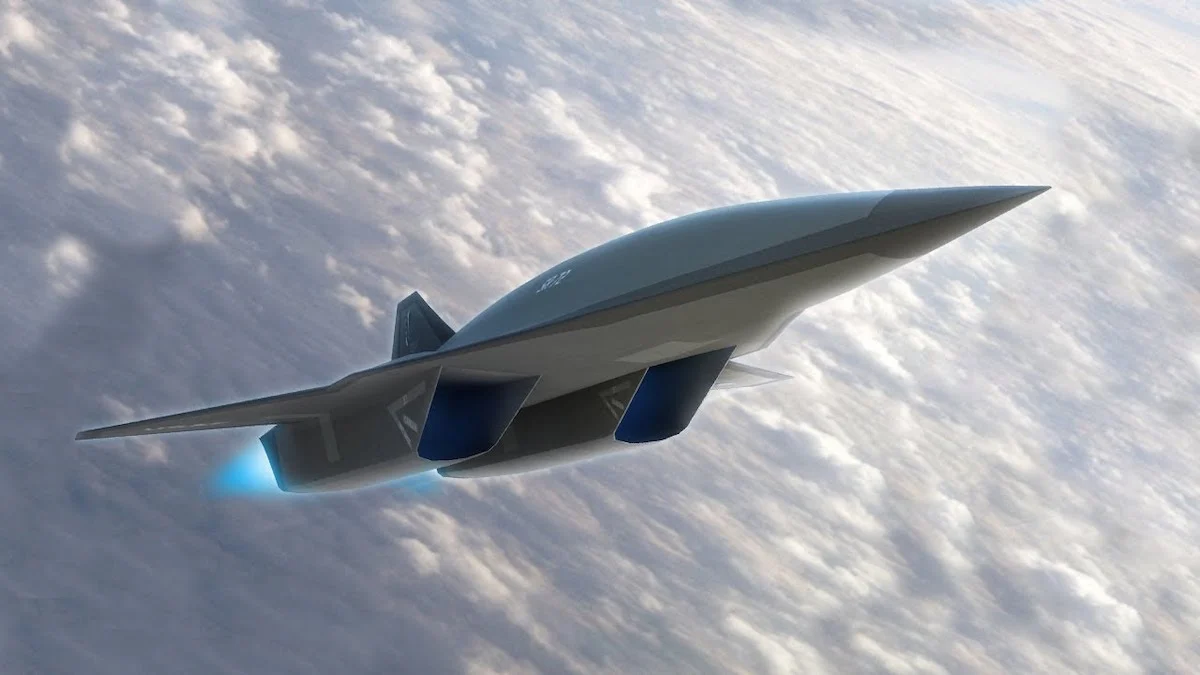The new solar-hydrogen device can offer one answer for green energy production.
What if rockets and other vehicles used hydrogen and oxygen as fuel? The system would emit water as an emission. But the problem is the poor thrust of the hydrogen-oxygen combination as the fuel of the rocket engine. The answer to that could be water injection in the rocket engine's combustion chamber. If we think of the military world, things like naval jet fighters and helicopters can use hydrogen as fuel. The aircraft carriers can use their nuclear reactors to create hydrogen for their aircraft and helicopters. Along with laser weapons, those systems provide almost unlimited tactical firepower.
The fact is that the electrolysis chamber can be installed in the aircraft or space shuttle itself. The crew will load water into the tank. And then they must connect the electric wire to the aircraft. That thing gives an unlimited operational range for aircraft. The system can benefit all kinds of electric sources. And the only thing needed is to put the plug on the wall.
We are waiting for the hydrogen economy. In the hydrogen economy. Hydrocarbon-based natural gas is replaced by hydrogen. Hydrogen is a zero-emission product that can be used in any power plant that can use methane or some other hydrocarbon-based gas. The problem with hydrogen is that producing it is a very easy process. Electrolysis is a well-known system that can split water into hydrogen and oxygen. But the thing is that electrolysis systems require electricity. There are plans to use solar panels or wind energy to create hydrogen, which will be transported through tubes to power plants.
"Rice University engineers have developed a device that can convert sunlight into hydrogen with unprecedented efficiency. The device, a photoelectrochemical cell, incorporates next-gen halide perovskite semiconductors and electrocatalysts. It stands as a potential platform for chemical reactions using solar energy to convert feedstocks into fuels. (Artist’s concept.)" (ScitechDaily.com/Record-Breaking Solar Hydrogen Device: Turning Sunlight Into Clean Energy)
The new solar cells that use halide perovskite semiconductors are promising tools for making solar cells that can create hydrogen and oxygen. The new perovskite-based systems are the next-generation solar panels that have very good efficiency.
The idea is that the solar cells should be as close as possible to water. When electrolysis separates hydrogen from oxygen, those gases are easy to conduct in their tubes. And that kind of platform can offer green energy and power supplies for things like data centers. In daylight, the solar cell makes hydrogen and offers electricity. At night, the system uses hydrogen and oxygen in fuel cells. Hydrogen and oxygen can also be used in turbines or rockets.
The use of hydrogen and oxygen in rockets is one of the most interesting ways to make zero-emission rockets.
The problem is that the thrust of the hydrogen-oxygen fuel is quite weak. But the specific impulse of the hydrogen-oxygen combination is the best that chemical rockets can make. There are a couple of ways to increase that thrust. The best and simplest way is to inject water into the rocket's combustion chamber. Also, rocket engines can benefit from the steam that comes from the turbine pumps. The turbine pumps use hydrogen peroxide as the steam maker that rotates those high-power pumps.
The system mixes the hydrogen peroxide with water and forms steam that rotates those powerful turbopumps. It would be very easy to drive that steam into the combustion chamber. Another thing is to adjust the burning point. In that model, the system creates a bubble that increases the force that pushes against the front wall of the combustion chamber. That kind of solution makes it possible to create zero-emission space programs.
https://www.bosshunting.com.au/motors/sr-72-blackbird-successor-lockheed-martin/
https://scitechdaily.com/record-breaking-solar-hydrogen-device-turning-sunlight-into-clean-energy/?expand_article=1





No comments:
Post a Comment
Note: Only a member of this blog may post a comment.